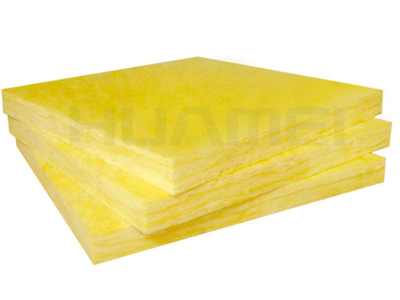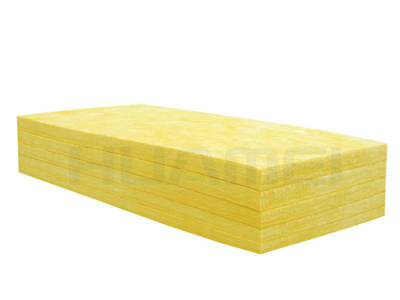Glass wool insulation is one of the most widely used forms of insulation in the world because of its thermal and acoustic properties, lightweight, high tensile strength and exceptional elasticity. Glass wool is one of the premier insulating materials and is the preferred choice for use at temperatures up to 250 degrees Celsius.
Glass wool consists of thin, inorganic fibres that are bonded together by means of a high-temperature binder. These fibres (each approximately 6-7 microns in diameter) are distributed to trap millions of tiny air pockets, making them excellent thermal and acoustic insulators. The light weight of glass wool is also a great advantage during transport and installation. In addition, glass wool is chemically inert and free from impurities such as iron, sulphur and chlorine. The product has no corrosive effect on metals and does not support the growth of mould. It is manufactured from renewable raw materials and is environmentally friendly at every stage.
Glass wool is made in products with different thicknesses and densities. It comes in rolls and sheets, with or without foil paper.
Glass wool, also known as fibreglass is made from a mixture of natural and recycled glass (recycled bottles, car windscreens and window panes) which is melted at 1,450 °C, and is then spun quickly to create fibres. These fibres are then bound together to be used as insulation. The glass fibres create pockets of air which act as barriers to prevent heat loss, because air is a poor conductor of heat. Glass wool can be found in batts and rolls and also within insulation boards.
The use of the correct insulation is essential in order to provide optimum insulation of the ventilated façade and to enable the building to achieve excellent energy efficiency and thus ensure a comfortable temperature for the occupants.
The insulation is placed inside the ventilated air chamber, on the cold side of the so-called support wall, adding continuous insulation along the inner surface of the façade and also insulating the perimeter.
Glass wool, has optimum thermal and acoustic properties as well as optimum fire resistance and low resource consumption. Glass wool is a natural, mineral and inorganic product made from interwoven glass fibres and bonded with a fire-resistant resin.
The inherent properties of this raw material make it an excellent thermal and acoustic insulation material and very fire resistant. Thanks to these characteristics, it is highly valued by professionals and consumers alike.
Due to the low density and low resource use of the raw material used to make glass mineral wool, it offers excellent performance and energy efficiency.
The environmental benefits and performance of glass wool are complemented by another set of advantages.
The raw material is made from natural minerals that are abundant in the earth, such as sand, calcite and magnesite.
A large amount of recycled glass is used in its manufacturing process.
It is a biodegradable material.
Its porosity allows air to remain enclosed within it, preventing as much as possible heat transfer, whether by convection, radiation or conduction.
Its open, ordered and elastic structure made up of strands help to absorb sound waves, increasing its efficiency as a sound insulation material.
As it is a waterproof material, it does not trap or transmit moisture in its pores, which can evaporate, thus reducing the formation of condensation. In addition, glass wool contains a variety of additives used as water repellents.
It is a material that easily adapts to the irregularities of the building elements, which means that there is no need to make cuts that could promote the formation of thermal and acoustic bridges.


评论
发表评论